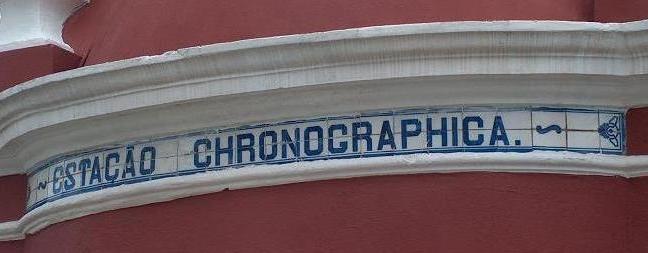segunda-feira, 21 de outubro de 2024
domingo, 20 de outubro de 2024
sábado, 19 de outubro de 2024
sexta-feira, 18 de outubro de 2024
quinta-feira, 17 de outubro de 2024
Exportações relojoeiras suíças em quebra acentuada
Depois de uma ligeira recuperação no Verão, as exportações
relojoeiras suíças voltaram a acentuar a tendência de quebra em Setembro: -12.4%
em valor, comparado com o mesmo mê de 2023. No acumulado dos nove primeiros
meses, a quebra é de 2.7% em valor e de 20.8% em quantidade.
Dados da Federação Relojoeira, por países, em valor, em
Setembro:
“United
Kingdom (-10.7%), Hong Kong (-34.6%), China (-49.7%) and Singapore (-13.9%)
alone accounted for more than 80% of the global decline. South Korea (-19.8%),
Taiwan (-29.8%) and Thailand (-34.6%) also recorded notable contractions. Asia
(-22.6%) therefore posted the worst monthly performance by far, while Europe
(-3.4%) was less concerning”.
Portugal, 28º mercado em valor, tanto em Setembro como no
acumulado, quebrou 17.5% em Setembro e 2.0% no acumulado, comparado com 2023.
quarta-feira, 16 de outubro de 2024
terça-feira, 15 de outubro de 2024
segunda-feira, 14 de outubro de 2024
Meditações - percepção do tempo
One domain where the unit of measurement really warps perception is time — especially for the distant past. For example, you can temporally frame the life of Jesus Christ by saying he lived about 2,000 years ago. But you could also measure it by lifespan: If you assume a 75-year lifespan, then we’re separated from the time Jesus was alive by only 27 people.


































.jpg)





.jpg)







.jpg)

